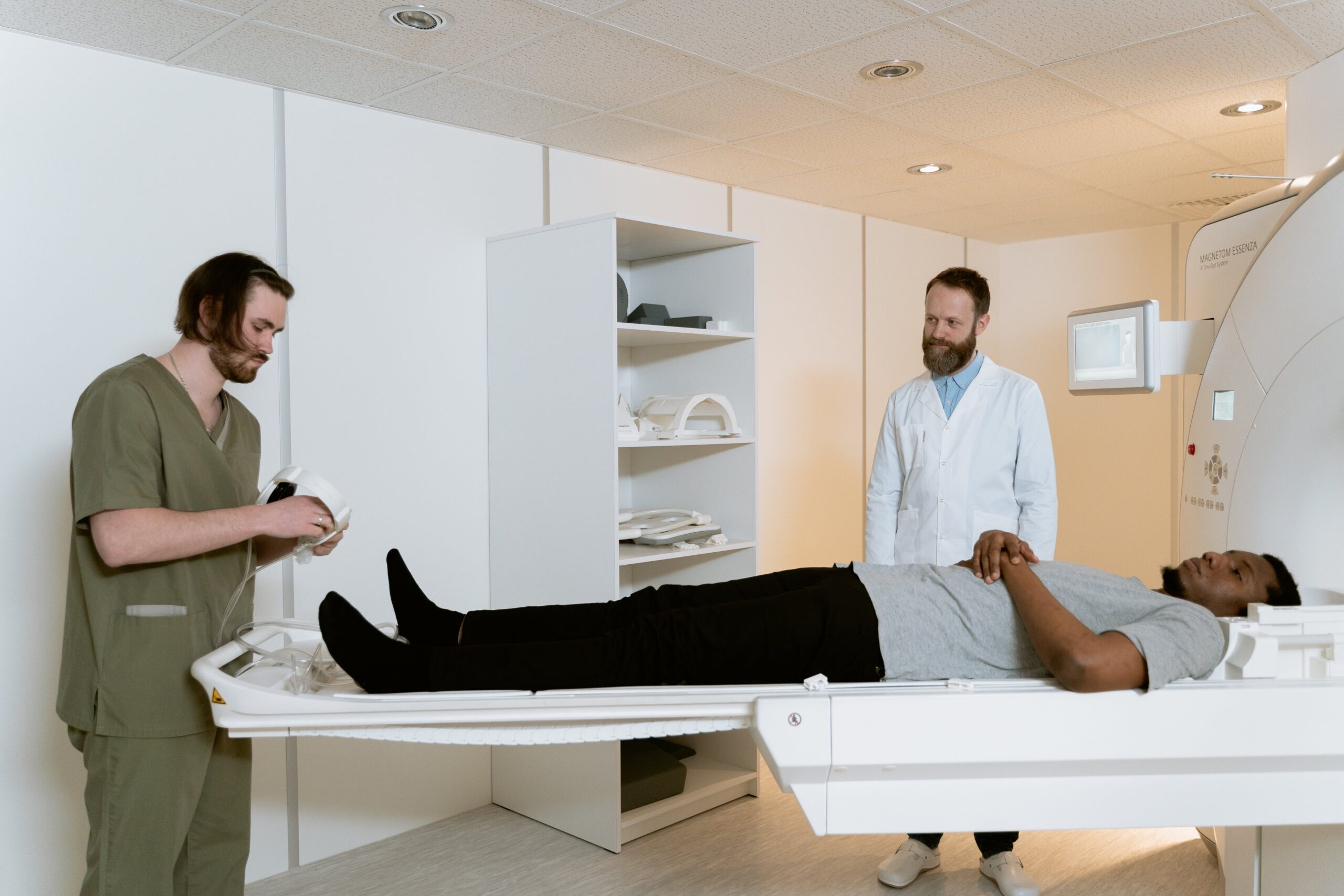Introduction
In the dynamic landscape of healthcare, medical imaging plays a pivotal role in unraveling the mysteries of the human body. Among the cutting-edge technologies driving this revolution, CT scans stand out as transformative tools with a profound impact on diagnostics. As we delve into the intricate world of medical imaging, it becomes evident that staying abreast of innovations, particularly in CT scan technology, is crucial for advancing patient care and treatment outcomes.
Evolution of CT Scan Technology
To comprehend the current prowess of CT scans, it's imperative to trace their evolutionary journey. Originating from humble beginnings, CT scans have undergone significant transformations since their inception. From the pioneering work of Sir Godfrey Hounsfield to the introduction of helical CT and multi-detector arrays, each milestone has propelled this imaging modality to new heights. A comparative analysis with traditional imaging methods underscores the unparalleled precision and efficiency that CT scans bring to the diagnostic table.
Comprehensive Diagnostic Imaging
One of the standout features of CT scans is their versatility in providing comprehensive diagnostic imaging. Capable of capturing detailed images of various body structures, CT scans empower healthcare professionals with a holistic view of a patient's anatomy. This section explores the myriad use cases where CT scans shine, enabling the identification and diagnosis of diverse medical conditions.
Precision and Early Detection
The ability of CT scans to contribute to early disease detection is a game-changer in healthcare. By examining specific medical conditions where CT scans excel in early diagnosis, we uncover the instrumental role this technology plays in improving treatment outcomes and patient prognosis. Precision and early detection emerge as key pillars in the transformative impact of CT scans on patient care.
Integration with MRI Innovations
While CT scans command their own realm, the synergy with MRI technology amplifies their diagnostic capabilities. This section introduces the strengths of MRI and explores collaborative approaches that leverage both technologies for comprehensive diagnosis. Through compelling case studies, we witness firsthand how this integration enhances the diagnostic toolkit, particularly in complex medical cases.
Real-time Imaging and Surgical Planning
In the realm of surgical interventions, real-time imaging is a critical asset. Here, we delve into the role of CT scans in providing surgeons with invaluable insights during procedures. By showcasing examples of how CT scans aid in preoperative planning, coupled with testimonials from healthcare professionals, we shed light on the practical benefits that directly impact patient outcomes.
Future Trends in CT Imaging
As technology advances, so too does the landscape of medical imaging. This section highlights emerging trends in CT scan technology, including the advent of 4D imaging and the integration of artificial intelligence. By contemplating these advancements, we paint a picture of the potential future impact on healthcare and patient care.
Challenges and Considerations
No technological marvel is without its challenges. Addressing potential limitations and ethical considerations surrounding the use of advanced imaging technologies is paramount. We explore the steps taken by the medical community to mitigate challenges and ensure the responsible and ethical utilization of CT scans.
Conclusion
In conclusion, the transformative impact of CT scans on healthcare is undeniable. By summarizing the evolution, current capabilities, and future trends in CT imaging, we emphasize the ongoing integration of imaging technologies. This article encourages a forward-looking approach, urging continued research and the adoption of innovative medical imaging methods to enhance patient care and reshape the future of healthcare diagnostics.
